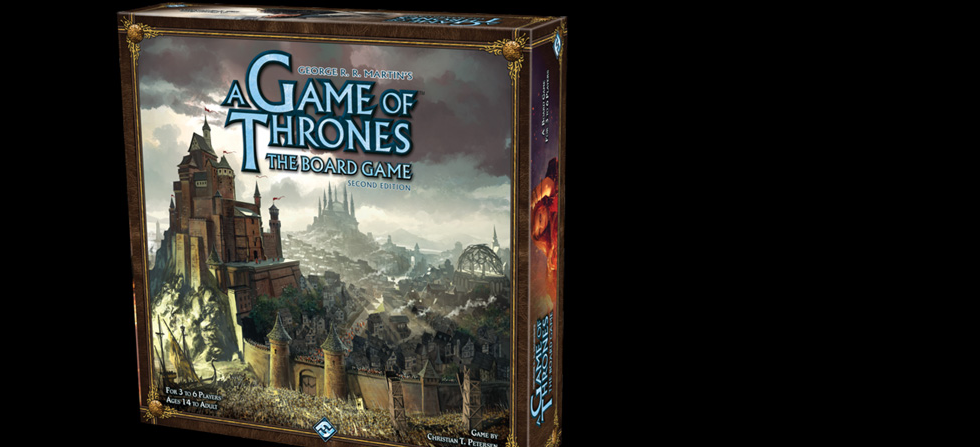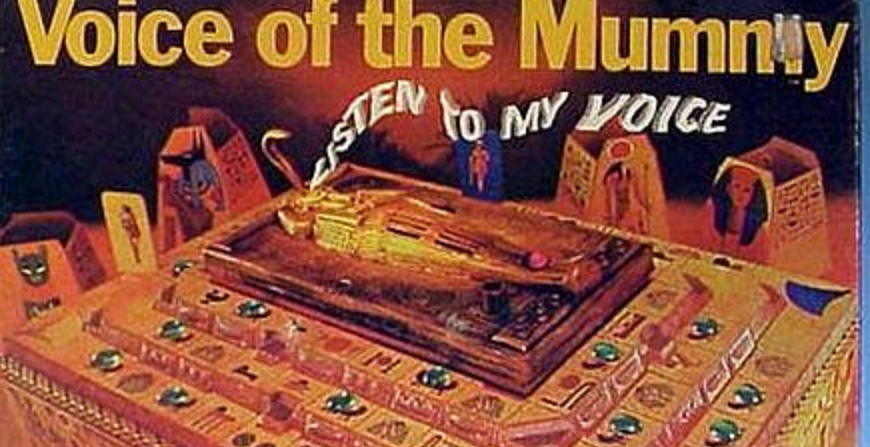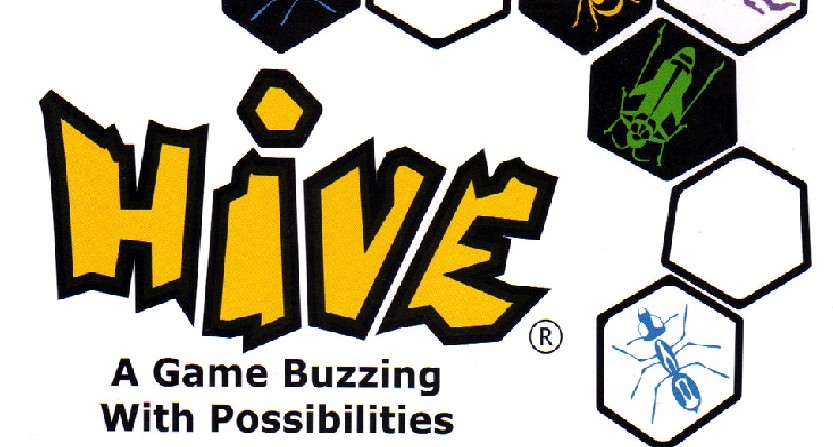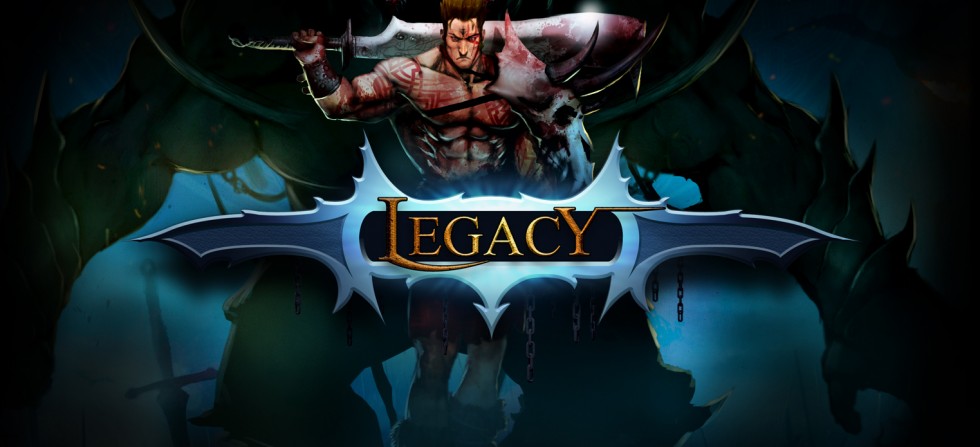LATEST TOPICS
Hammered!
Alright Folks, It’s time to get hammered!
Colours and Shapes Kickstarter Review!
Watch was we review colours and shapes, to debut on Kickstarter April (yesterday)! Back it now!
Rarrr!!! Review on The Dice Tower Network
Checkout our review of Rarrr!!! on the Dice Tower Network
The Siblings Trouble Review (Kickstarter Game)
Checkout the new kickstarter for Siblings Trouble! And while you’re at it, checkout the review!
Rum Run (8/10) Indie
Mechanic Monday – Grid Movement
Favorite Friday – Clue
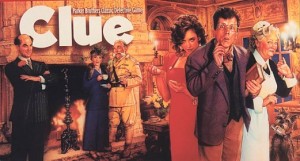 I have received a few requests to look at the mainiest of mainstream games; games such as Monopoly and Clue. I have debated doing so and alas I have given in. Clue is one of the few games that I find in the houses of my non gamer friends and am willing to play.
Released: 1949
Designer: Anthony E. Pratt
Plays: 3-6
EPT: 45 minutes
Clue is one of the games that I often look at with a sense of lost awe. It was once a game I loved as a child; not because of frequent victory but rather because of a frequent challenge. Clue, along with Pit and Scotland Yard was a game that was no stranger to my families table. Similar to these games it was not one my...
I have received a few requests to look at the mainiest of mainstream games; games such as Monopoly and Clue. I have debated doing so and alas I have given in. Clue is one of the few games that I find in the houses of my non gamer friends and am willing to play.
Released: 1949
Designer: Anthony E. Pratt
Plays: 3-6
EPT: 45 minutes
Clue is one of the games that I often look at with a sense of lost awe. It was once a game I loved as a child; not because of frequent victory but rather because of a frequent challenge. Clue, along with Pit and Scotland Yard was a game that was no stranger to my families table. Similar to these games it was not one my...
Wild Card Thursday – Mystery of the Abbey
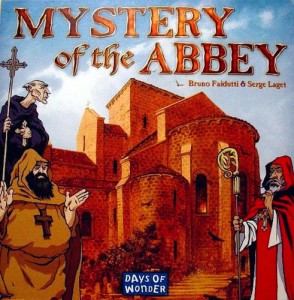 Just about everyone is familiar with the game Clue or one of its many versions. The game has players trapped in a mansion attempting to solve the mystery of who killed their host, where the murder happened, and with what weapon. Players are equally familiar with the game Guess who; attempt to deduct which character your opponent has by asking a series of questions so as to narrow down the possibilities by way of process of elimination. What happens when these games merge? What happens when you find a monk dead at the bottom of a cliff? That is the what players must solve in Mystery of the Abbey.
Released: 1995
Designer: Bruno Faidutti and Serge Laget
Plays: 3-6
EPT: 120 minutes
Mystery of the Abbey is a deduction game much...
Just about everyone is familiar with the game Clue or one of its many versions. The game has players trapped in a mansion attempting to solve the mystery of who killed their host, where the murder happened, and with what weapon. Players are equally familiar with the game Guess who; attempt to deduct which character your opponent has by asking a series of questions so as to narrow down the possibilities by way of process of elimination. What happens when these games merge? What happens when you find a monk dead at the bottom of a cliff? That is the what players must solve in Mystery of the Abbey.
Released: 1995
Designer: Bruno Faidutti and Serge Laget
Plays: 3-6
EPT: 120 minutes
Mystery of the Abbey is a deduction game much...
Wild Card Wednesday – Biblios
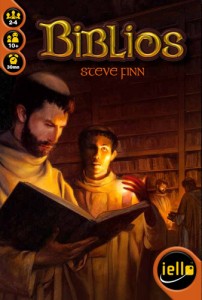 Dungeon crawling, city building, empire expanding; all common themes to find in board games and the board game hobby. There are a rare few games, however, that find ways to use themes that most of us would never imagine; one such game is Biblios; a game of monastic library curation.
Released: 2007
Designer: Steve Finn
Plays: 2-4
EPT: 30 minutes
Biblios sets players as abbots attempting to amass a grand library with the victor being the player who manages to claim the most victory points. Victory points are awarded at the end of the game with players scoring the various victory dependent upon the cards in their hand and the value on each of the colored die.
There are 5 die in the game as well as 5 suits; blue (pigments), green...
Dungeon crawling, city building, empire expanding; all common themes to find in board games and the board game hobby. There are a rare few games, however, that find ways to use themes that most of us would never imagine; one such game is Biblios; a game of monastic library curation.
Released: 2007
Designer: Steve Finn
Plays: 2-4
EPT: 30 minutes
Biblios sets players as abbots attempting to amass a grand library with the victor being the player who manages to claim the most victory points. Victory points are awarded at the end of the game with players scoring the various victory dependent upon the cards in their hand and the value on each of the colored die.
There are 5 die in the game as well as 5 suits; blue (pigments), green...


